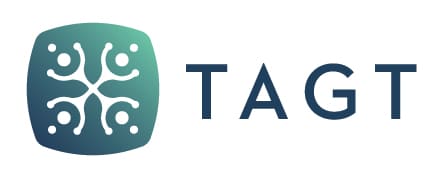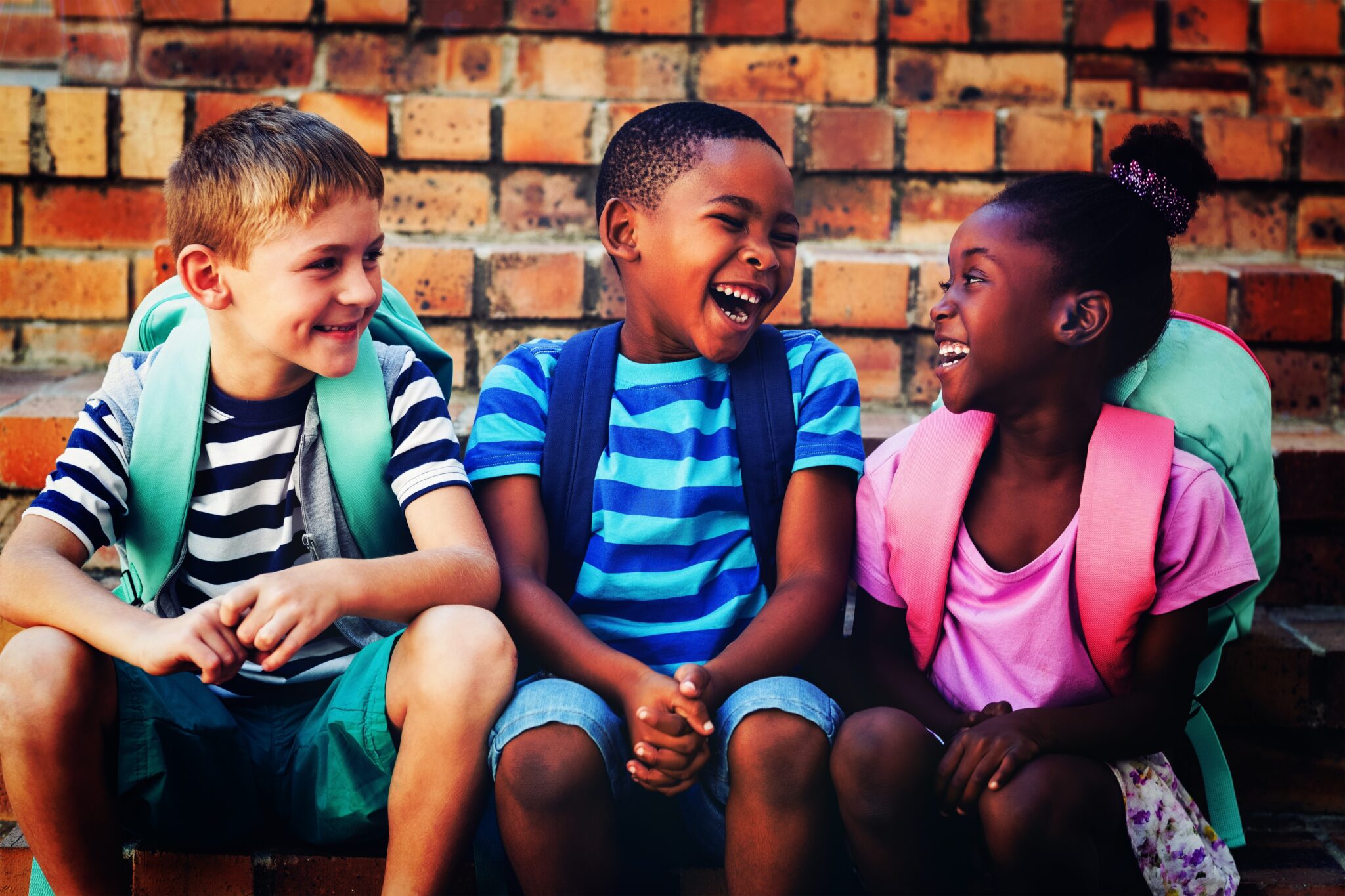Practices for Culturally Responsive Teaching in the Gifted and Talented Classroom PDF
Identification is just the first step in ensuring equity in gifted education. As schools begin to see more culturally, linguistically, and ethnically diverse (CLED) gifted and talented students as a result of expanded identification practices (Peters et al., 2019), leaders in gifted education must consider how to retain and engage every student. All students identified for advanced learning services should have the opportunity to develop their talents through content and interactions that are intrinsically meaningful. Pedagogy centered around multiculturalism and culturally responsive teaching (CRT) practices does just this; it allows students from a variety of backgrounds and experiences to connect to content, situates giftedness in a relevant and familiar context, and includes material that reflects students’ diverse backgrounds and interests (Ford, 2015).
It is critical to employ CRT strategies so that all students are engaged and learning is relevant. Gay (2002) defined culturally responsive teaching as “using the cultural characteristics, experiences, and perspectives from ethnically diverse students as conduits for teaching [students] more effectively” (p. 106), and espoused the idea that when learning is situated in students’ lived experiences, it is more meaningful and relevant. Culturally responsive teaching builds equity by showing students that gifted and talented services are inclusive, useful, and reflective of all backgrounds. Through regularly utilizing this practice, teachers are more likely to retain students and develop their gifts over the course of their academic careers (Ford et al., 2011). When educators are sensitive to the different cultural, ethnic, linguistic, and economic backgrounds that have shaped their students, they gain invaluable insight into how to foster growth and development in the whole student.
Honing culturally responsive teaching practices and creating a deep awareness of the “how” and “why” behind inclusive education is a process that takes time and will not happen overnight. Making this shift, for many teachers, will be transformational. Educators can begin this transformation by implementing key strategies and instructional practices in order to increase responsiveness to a multicultural student population. Advocates for gifted students must evaluate areas in which both overtly discriminatory practices and microaggressions may be harming students and hindering talent development, such as unrealistically high expectations for gifted students, differentiated expectations for students of color (Stambaugh & Ford, 2015), and omission of learning material that reflects student background and orientation, making students feel invisible (Graves, 2015). Advocates must also look for opportunities to shift mindsets, pedagogy, and content so that all students feel seen and valued. The insights, practices, and skills outlined here will help kick-start the development of culture-rich, inclusive classrooms that meet the needs of diverse gifted and talented students and reflect the goals and values of their communities.
Implementing CRT practices in your classroom can help create a multicultural and inclusive instructional environment. As you learn more about culturally relevant strategies, consider looking into the works of the scholars listed in Table 1. Although this is not an exhaustive list of strategies, the practices and resources listed were selected because they emphasize multicultural education and culturally relevant pedagogy as pedagogical pathways for meeting the needs of gifted and talented CLED learners. The literature from which these strategies were selected comes from imminent scholars whose body of work centers around equity in gifted and talented education. The strategies also align with the National Association for Gifted Children’s (2019) Gifted Pre-K–Grade 12 Gifted Programming Standards (Standard 3: Curriculum Planning and Instruction). Use the practices and resources in Table 1 as a springboard to transform your instructional practice and ultimately increase the learning outcomes for diverse students.
Table 1
Practices and Resources for Culturally Responsive Teaching
| Scholar(s) | Content | Culturally Responsive Teachers of CLED Gifted Students . . . | Example Lesson Plan or Resource |
| Azano et al. (2014) | Math and history | Design learning activities in which students’ communities are the focal point of the lesson so that the learning is tangible and relevant to students. | Math Around Town Local History Alive |
| Burney and Cross (2006) | Interdisciplinary | Provide explicit instruction and practice with evaluative thinking skills and adopting multiple perspectives. | Multicultural Project for the Gifted: What’s Your Perspective? |
| Coleman (2006) | Interdisciplinary | Are aware that their students may have academic gaps that need to be filled. These gaps do not indicate a misfit in gifted education services, but that teachers will need to build in time to explicitly teach and reteach some concepts. | Curriculum Approaches That Overcome Learning Gaps and Language Barriers for Diverse Gifted Students |
| Ford (2011) | Interdisciplinary | Make regular use of resources such as the Bloom-Banks Matrix when developing learning activities. This resource, and others like it, guide teachers in facilitating deep, rigorous thinking and production around themes and ideas that reflect social and cultural insight and sensitivity. | Ford’s Matrix Forms |
| Ford et al. (2018) | Interdisciplinary | Implement a multicultural curriculum and integrate materials that reflect their cultural, racial, and linguistic background and heritage. | Multicultural Education: Lesson Plans Culturally Responsive Lessons for Students, K–5 Bringing a Culturally Responsive Lens to Math Class |
| Graves (2015) | Interdisciplinary | Create a climate of tolerance for LGBTQ students, so that they can explore multifaceted identities and experiences of themselves and others. | Lesson Plans to Support LGBTQ Inclusive Elementary Schools |
| Lilienthal et al. (2018) | English language arts | Include lesbian, gay, bisexual, transgender, and queer figures, texts, and topics as a regular part of the curriculum. | Rainbow Book List |
| Newell (2017) | English language arts | Incorporate the use of culturally relevant literature that is aligned to students’ background experiences, perspectives, and culture. | Lesson Plan for Grade 5+, ELA and/or Gifted Education |
| Scott (2014) | History | Provide students opportunities to learn about social justice-oriented topics connected to students’ cultural background. | A Living History Happy Birthday!?: Activities for African American History Month White Anti-Racist Biographies: Early Grades |
| Scott (2014) | Science and Math | Provide opportunities for students to explore and analyze the impact of historical figures, from their culture, in the areas of math, science, and STEM, and how their contributions have impacted society. | Culturally Responsive STEM Initiative |
| Vega and Moore (2016) | Interdisciplinary | Affirm students’ ethnic identity through instructional activities and assignments. | Lesson Plan: Exploring Identity |
References
Azano, A. P., Callahan, C. M., Missett, T. C., & Brunner, M. (2014). Understanding the experiences of gifted education teachers and fidelity of implementation in rural schools. Journal of Advanced Academics, 25(2), 88–100. https://doi.org/10.1177/1932202X14524405
Burney, V. H., & Cross, T. L. (2006). Impoverished students with academic promise in rural settings: 10 lessons from Project Aspire. Gifted Child Today, 29(2), 14–21. https://doi.org/10.4219/gct-2006-200
Coleman, L. (2006). Talent development in economically disadvantaged populations. Gifted Child Today, 29(2), 22–27. https://doi.org/10.4219/gct-2006-196
Ford, D. Y. (2011). Multicultural gifted education (2nd ed.). Prufrock Press.
Ford, D. Y. (2015). Culturally responsive gifted classrooms for culturally different students: A focus on invitational learning. Gifted Child Today, 38(1), 67–69. https://doi.org/10.1177/1076217514556697
Ford, D. Y., Dickson, K. T., Davis, J. L., Scott, M. T., & Grantham, T. C. (2018). A culturally responsive equity-based bill of rights for gifted students of color. Gifted Child Today, 41(3), 125–129. https://doi.org/10.1177/1076217518769698
Ford, D. Y., Moore, J. L., III, & Scott, M. T. (2011). Key theories and frameworks for improving the recruitment and retention of African American students in gifted education. The Journal of Negro Education, 80(3), 239–253. http://www.jstor.org/stable/41341131
Gay, G. (2002). Preparing for culturally responsive teaching. Journal of Teacher Education, 53(2), 106–116. https://doi.org/10.1177/0022487102053002003
Graves, K. (2015). LGBTQ education research in historical context. In G. L. Wimberly (Ed.), LGBTQ issues in education: Advancing a research agenda (pp. 23–42). American Educational Research Association.
Lilienthal, L. K., Matyo-Cepero, J. A., Messinger, L., & Mims, M. J. (2018). Creating an inviting classroom for all students: Inviting teachers to learn about LGBTQ diversity. Delta Kappa Gamma Bulletin, 85(1).
National Association for Gifted Children. (2019). 2019 Pre-K–Grade 12 Gifted Programming Standards. http://www.nagc.org/sites/default/files/standards/Intro%202019%20Programming%20Standards.pdf
Newell, S. (2017). Check your privilege: Why diverse literature is essential for gifted students. Gifted Child Today, 40(2), 96-10. https://doi.org/10.1177/10762175176901892
Peters, S. J., Rambo-Hernandez, K., Makel, M. C., Matthews, M. S., & Plucker, J. A. (2019). Effect of local norms on racial and ethnic representation in gifted education. AERA Open, 5(2), 1–18. https://doi.org/10.1177/2332858419848446
Scott, M. T. (2014). Using the Blooms–Banks matrix to develop multicultural differentiated lessons for gifted students. Gifted Child Today, 37(3), 163–168. https://doi.org/10.1177/1076217514532275
Stambaugh, T., & Ford, D. Y. (2015). Microaggressions, multiculturalism, and gifted individuals who are Black, Hispanic, or low income. Journal of Counseling & Development, 93(2), 192–201. https://doi.org/10.1002/j.1556-6676.2015.00195.x
Vega, D., & Moore, J. L., III. (2016). Where are all the Latino males in gifted programs. Advances in Race and Ethnicity in Education, 3, 87–103. https://doi.org/10.1108/S2051-231720160000003007
Dr. Adam Whitaker is an Assistant Principal at a Pre-K-7 campus in the Dallas/Fort Worth Metroplex. He has 14 years of experience in education and has a passion for working with culturally and linguistically diverse students. His research interests include culturally relevant pedagogy, vocabulary instruction, gifted and talented pedagogy, and curriculum mapping. In his spare time, he enjoys working out, traveling, the arts, and spending quality time with friends and family.
Kari Lockhart is a doctoral student at the University of North Texas, where she is studying gifted education, and the Advanced Academics Coordinator in Lovejoy ISD. Her research interests include equity in gifted education, twice exceptionality, and creativity.
Dr. Javetta Jones Roberson serves as the District Coordinator of Secondary Advanced Academics & Gifted and Talented in McKinney ISD. Javetta received her doctorate of education in the Educational Leadership program at Texas A&M University-Commerce. Her research interests include diverse gifted and AP populations, Blended Learning, Culturally Responsive Pedagogy (teaching, leadership, and curriculum), and professional learning of teachers (special education and gifted). Previously, she has served many leadership roles including high school dean of instruction, high school Advanced Academics Coordinator, elementary Gifted campus coordinator and Gifted dual language teacher. Javetta serves on the Board of Directors for the Texas Association for the Gifted and Talented & the Council of Exceptional Children-Association for the Gifted. She also serves on the Diversity, Equity & Access committee, Education committee, Special Populations Network & G-RACE Sig Co-Chair with the National Association of Gifted Children.






